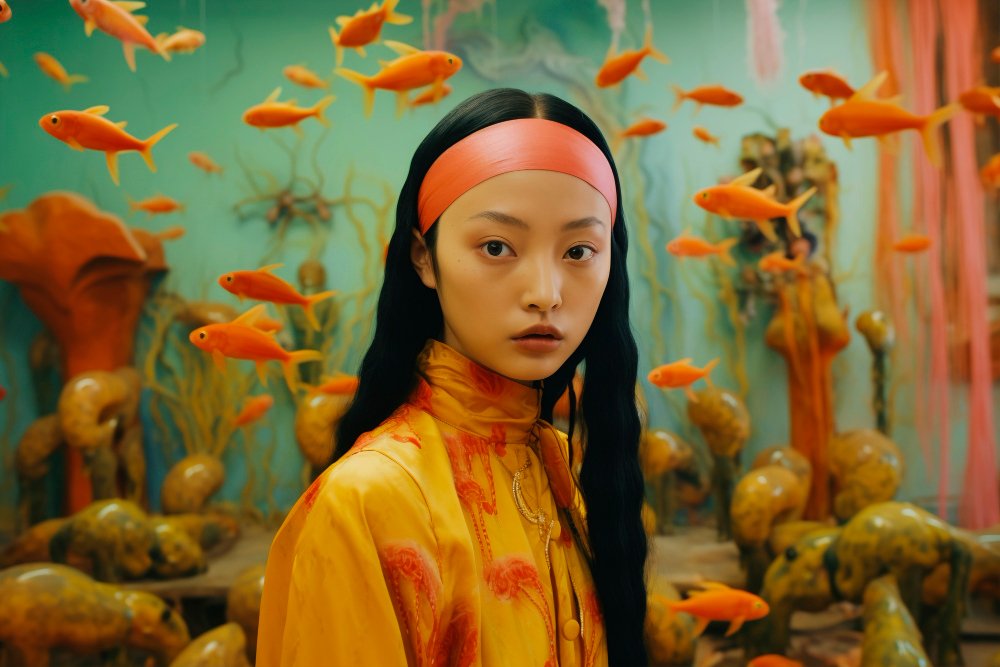As AI art generators grow more advanced, the quality of the results depends heavily on how prompts are written. Knowing how to describe a design to AI art generator is now a key skill for designers, marketers, and creative professionals who want precise, reliable outputs.
This article will guide you through why prompts matter and how to craft them effectively.
Key Takeaways
- Clear descriptions lead to more accurate and creative AI-generated results.
- Effective prompts strike the right balance between style, mood, composition, and references.
- Specific prompts consistently outperform vague ones, proving the value of detail.
What Is Prompting in AI Art?
Prompting is the process of giving clear text instructions to an AI art generator. Applications such as DALL·E, Stable Diffusion, and MidJourney interpret prompts as creative guidelines. The more structured the prompt, the better the system understands what to produce.
Studies show that structured prompts help AI produce more accurate visuals. Those who used guided prompts got clearer results than users with vague descriptions. This shows why mastering how to describe a design to AI art generator is a practical skill for creatives.
Also Read : How Can AI Help Designers Unlock Creativity and Efficiency
Why Details Make the Difference
A vague prompt like “a modern office” could generate many unrelated images. However, adding specifics such as “a minimalist office with Scandinavian furniture, natural light, and a calm mood” gives the AI much clearer direction.
Details like color palettes, design styles, and mood act as anchors that guide the generator. By being precise, you gain more control over the results. This difference is at the core of how to describe a design to AI generator effectively.
7 Must-Included Elements in Effective Prompts
When learning how to describe a design to AI art generator, you should know what elements should be included in your prompt. These details help narrow down the possible interpretations and create images that are closer to the desired vision.
1. Subject and Scene
The subject is the focal point of your image, whether a person, object, or environment. Be specific: instead of “a woman”, try “a young brunette woman” or “a smiling elderly Japanese woman.”
2. Design Style
Some AI tools let you select a style, while others require it in the text. Whether it’s minimalist, surreal, photorealistic, anime, or painterly, specifying the style makes the output more precise.
3. Colors
Colors influence mood and brand consistency. Specify your palette, such as “red, yellow, and brown” or “beige tones”. You can also assign colors to specific objects, e.g., “a blue book with a yellow rose logo on the front.”
4. Mood
Mood defines the emotional impact of a design. Using words like calm, dramatic, or playful guides the AI to capture the right atmosphere.
5. Composition
Composition controls how elements appear in a frame. Mentioning symmetry, focal points, or perspective ensures the AI builds a structured and balanced output.
6. References
References provide inspiration and context. Including visual cues, cultural styles, or artistic movements directs the AI toward accurate and recognizable results.
7. Additional Details
Extra details enrich your prompt. This can include a subject’s pose, small objects, or special effects like blurred or pixelated elements.
Weak vs. Strong Prompt Examples
Weak prompts tend to give a vague description of the image, while stronger prompts at least describe more of the required elements to specify the image. Take a look at the comparison below.
| Weak | Strong |
| “A living room.”“A mountain landscape.”“A logo design.” | “A modern living room with wood flooring, indoor plants, and Scandinavian-style furniture under natural light.”“A mountain landscape at sunrise, with glowing skies, mist, and detailed peaks.”“A geometric logo in metallic silver and navy blue with futuristic design angles.” |
Also Read : 10 Best Picks for the Best Laptop for Digital Art and Design
Practical Prompt Writing Examples
To help understand the difference between good and bad prompts, here are some examples of AI-generated images from different prompt writing.
A Picture of A Woman
a. Vague prompt
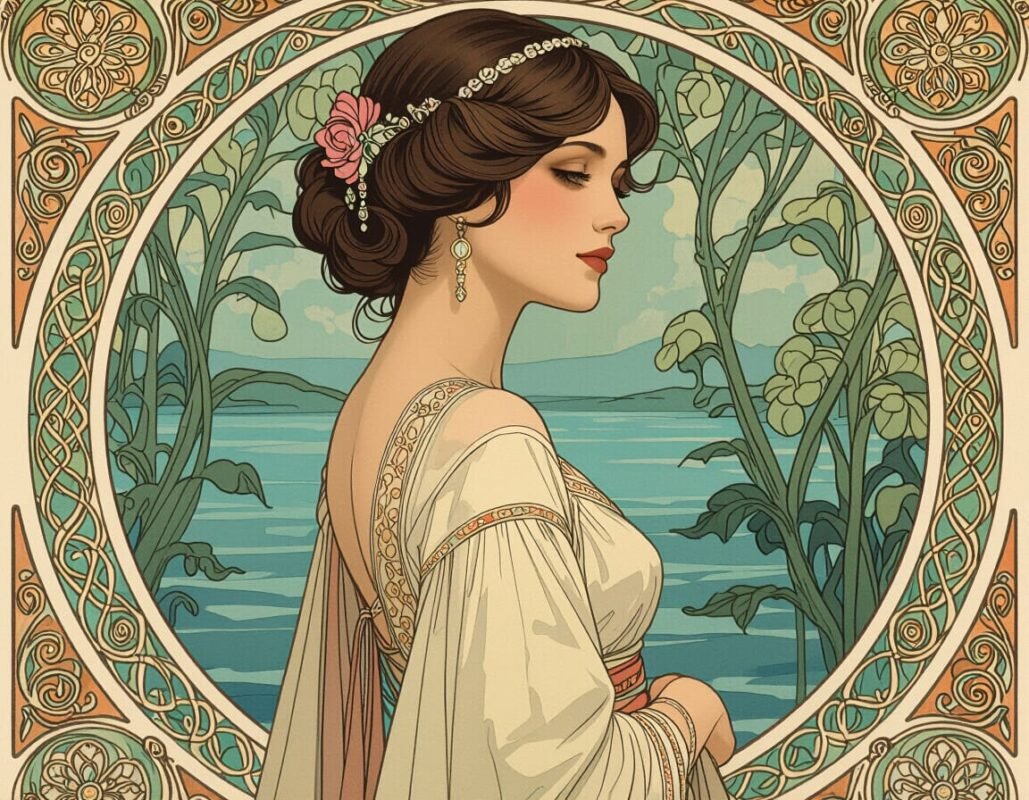
AI-generated image of a woman using a vague prompt | source: Night Cafe
Prompt: “A woman.”
b. Detailed Prompt
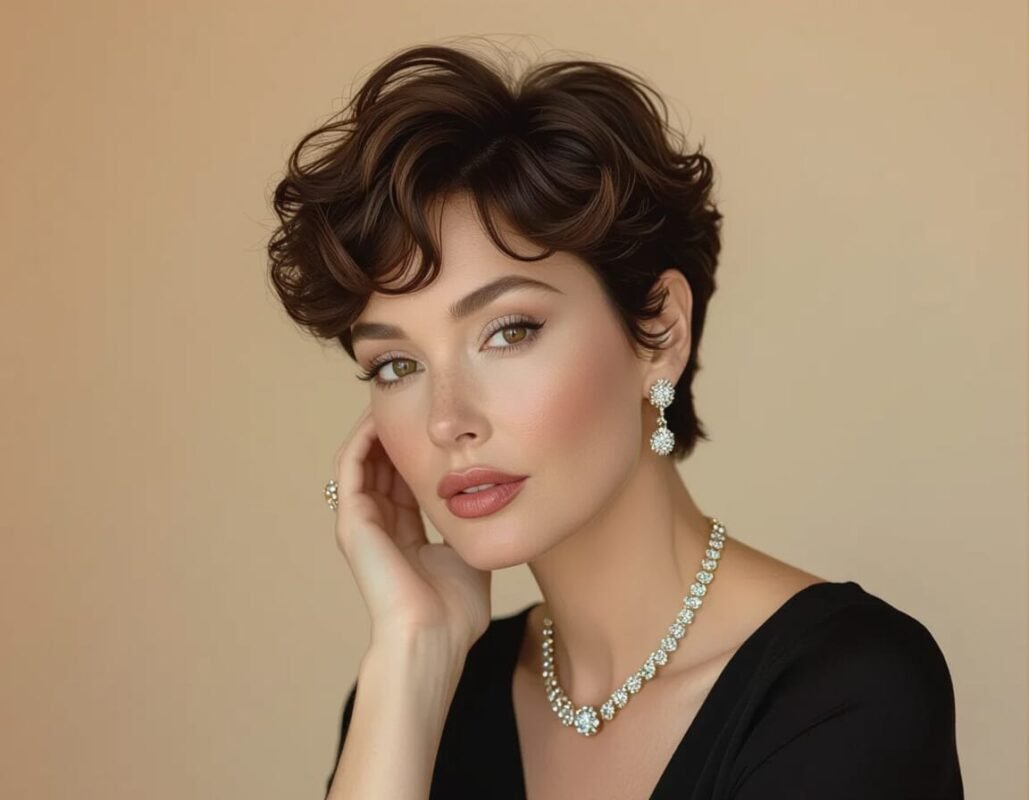
AI-generated image of a woman using a detailed prompt | source: Night Cafe
Prompt: “A studio portrait of a woman with short curly hair, wearing elegant jewelry, captured in soft, diffused lighting. Minimalist background in warm neutral tones, with a calm and sophisticated mood, high detail, and realistic style.”
A Picture of A Garden
a. Vague prompt
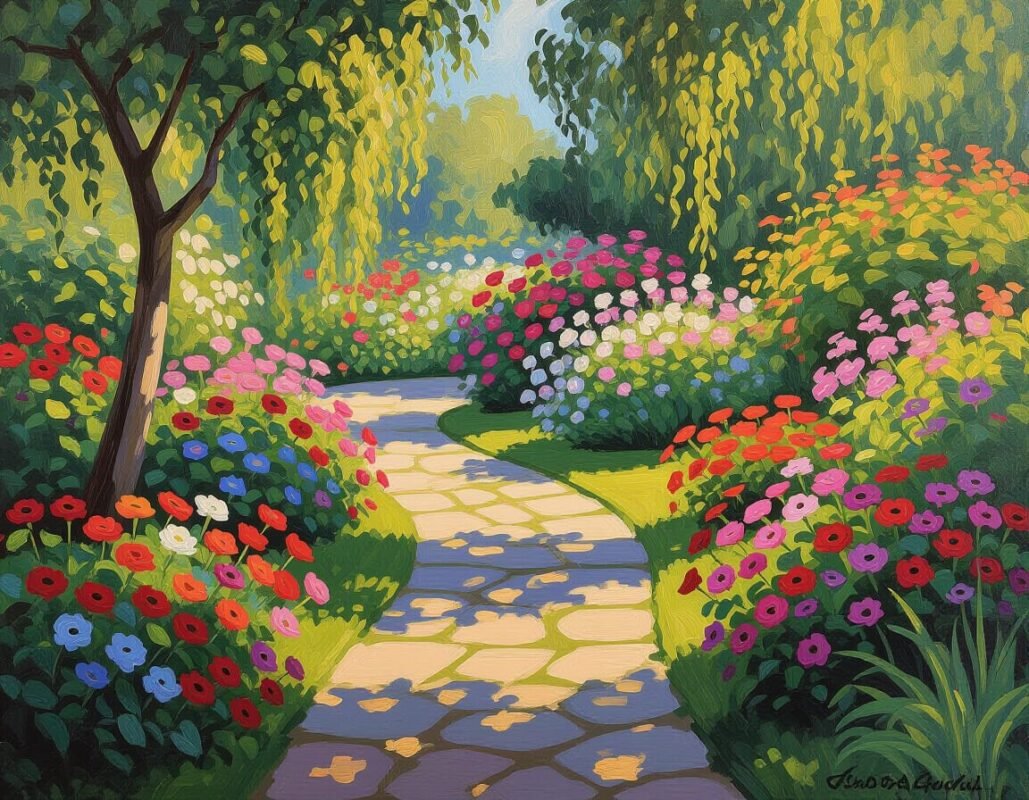
AI-generated image of a garden using a vague prompt | source: Night Cafe
Prompt: “A garden.”
b. Detailed Prompt

AI-generated image of a garden using a detailed prompt | source: Night Cafe
Prompt: “A serene Japanese garden in spring, featuring a koi pond, bonsai trees, stone lanterns, and blooming cherry blossoms. Soft natural lighting with vibrant pink and green tones, calm and peaceful mood, balanced composition, high detail, in a realistic style.”
A Picture of Website Layout
a. Vague prompt

AI-generated image of a web layout design using a vague prompt | source: Night Cafe
Prompt: “A website layout.”
b. Detailed Prompt
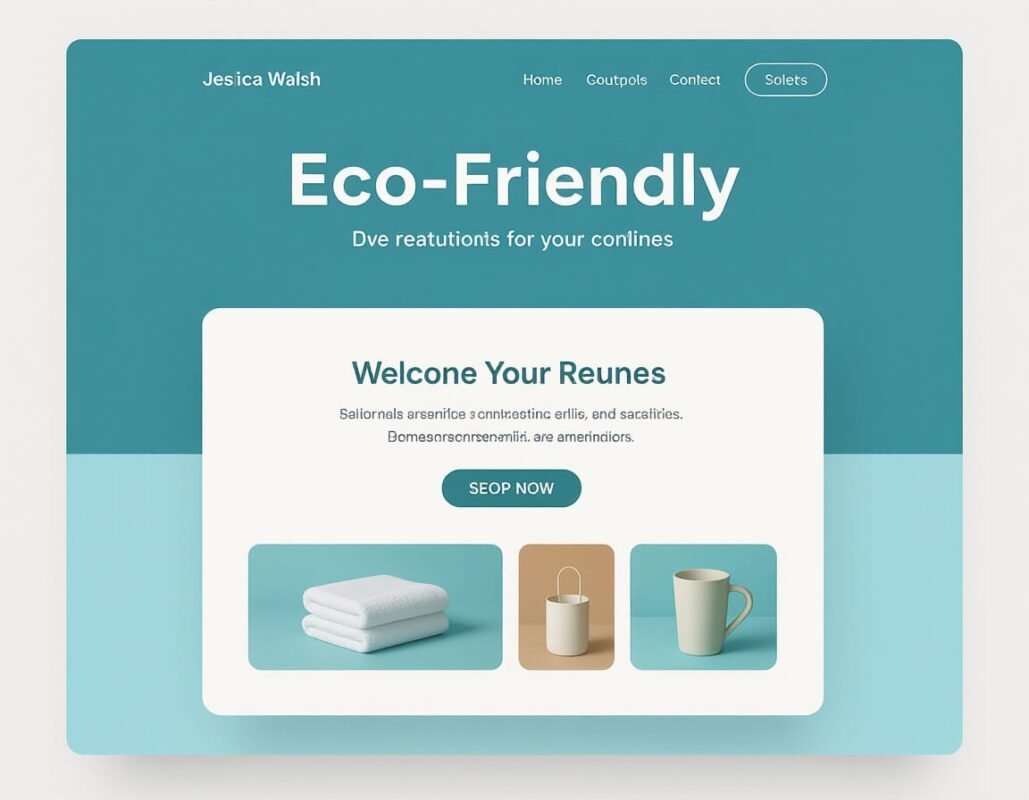
AI-generated image of a web layout design using a detailed prompt | source: Night Cafe
Prompt: “A minimalist website landing page with a white background, pastel blue accents, large hero image, bold heading, clear modern typography, and a prominent call-to-action button, showcasing an eco-friendly product.”
Also Read : How to Build an Interactive Website in 10 Steps
Tips for Writing Better Prompts
To help you master how to describe a design to AI art effectively, follow these best practices:
- Break prompts into categories such as style, subject, and atmosphere.
- Use adjectives to set tone and context.
- Mention technical aspects like resolution, realism, or format.
- Add brand keywords for consistent output.
- Test and refine prompts until the results meet the requirements.
Also Read : What Is Digital Product Design? The Ultimate Guide in 2025
Creative Applications Across Industries
AI art generators serve a wide range of industries, from branding teams to illustrators. By using structured prompts, professionals can save time, maintain creative control, and produce high-quality results. This shows how knowing how to describe a design to AI art generator can unlock faster, more efficient workflows.
Even the best AI-generated images often need a finishing touch to reach perfection. Pairing them with creative fonts for various projects adds clarity, authority, and reinforces brand presence. For professionals seeking high-quality typography, Letterara Studio offers curated font collections designed for modern creative workflows, enhancing the professional quality of your branding and design projects.

